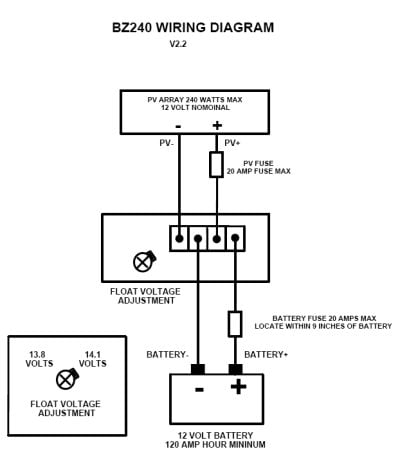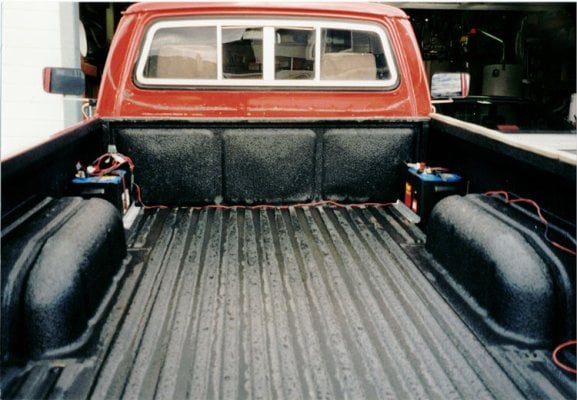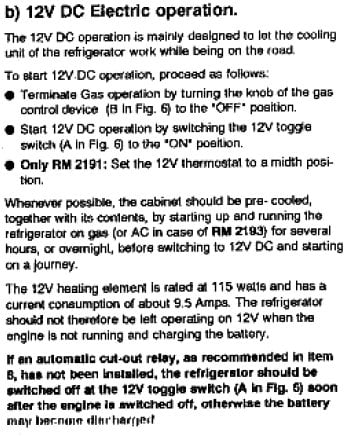good question
I never really thought about that
I'm not to big into the solar system thing, but that said, I would not be afraid to hook up solar in my house or camper as long as I had the basic instructions handy
in the new FWC's we have both systems hooked up to the aux. camper battery at the same time, BUT we have a controller hooked up to the solar panel, so that might keep things in check ?
In a standard camper, the trucks charging system is wiring to the battery separator / isolator to keep the aux. camper battery and the truck battery separate. It opens when the truck starts to allow the alternator to recharge the aux. camper battery, and it closes when the truck is not running to keep the truck battery safe and full.
When we put a solar panel on a new camper, we put the solar panel on the roof, the wires come down into the camper and we hook those to a charge controller, a basic in-line fuse, and then the wires go directly to the aux. battery.
So at that point, when you are driving down the road on a sunny day, the aux. camper battery and the trucks alternator will be recharging the aux. camper battery.
It seems to be working just fine for us. I haven't heard of any problems with the camper having problems with both systems charging at the same time. I'm guessing the charge controller will keep any power from coming from the trucks alternator away from the solar panel (avoiding possible damage to the panel) ?? Again, I don't really know all the details, but what we are doing seems to be working just fine.
Hope this helps with some sort of explanation.
here are some basic solar panel links if you want to read up ...
http://www.fourwh.com/85wattsolarpanel.pdf
http://www.fourwh.com/chargecontroller.pdf
our service manual page has more links too
http://www.fourwh.com/servicemanuals.htm
====================================
Ok, if I have wired my car's charging system to the camper battery and the is a solar panel already wired to the camper battery - do I need to turn off the solar panel when the truck is charging the camper battery?
Both charging systems are "switched" so either can be turned on/off to charge the camper battery.
Thanks in advance!
.



